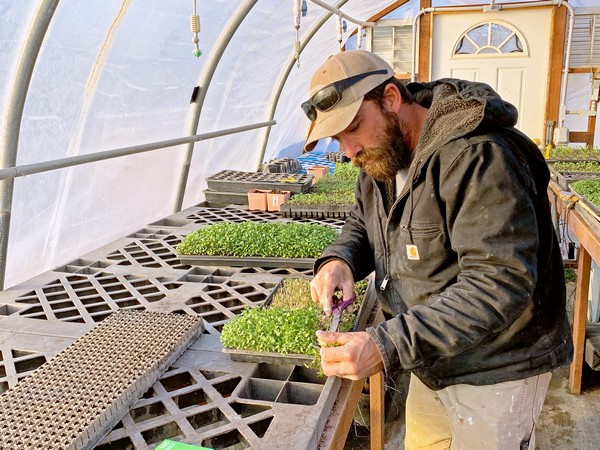The evolution of LED lighting has revolutionized greenhouse agriculture. Initially embraced for their energy efficiency compared to high-pressure sodium (HPS) systems, modern LEDs now offer customizable solutions that significantly boost yields and shorten crop cycles. A pivotal change is the introduction of dynamic spectrum control, which was once deemed too costly for widespread use but is now becoming standard in the industry.
According to Matthew Bonavita, Senior Sales Director at Sollum Technologies, the most significant challenge growers face is the lack of flexibility and control over their lighting systems. Traditional systems often fail to adapt to the specific needs of crops or varying growth cycles, leading to inefficiencies and increased operational costs. The integration of smart, adjustable LED lighting systems addresses these pain points, allowing growers to tailor light conditions precisely to their crops’ needs.
Intelligent Dimming and Spectrum Control
One of the standout features of contemporary LED systems is intelligent dimming and spectrum control. This technology allows for automatic adjustments to light output based on real-time data from climate controllers and sensors. Colin Brice from Signify explains that their Grow Wise control system connects to existing greenhouse infrastructure, enabling dynamic responses to changing environmental conditions. This automation not only saves energy but also allows farmers to concentrate on crop production rather than constant system monitoring.
New wireless technologies further enhance lighting control, eliminating the complications associated with long wiring runs and voltage drops. This flexibility allows for more discrete control over lighting, enabling targeted adjustments for specific crops, such as increasing blue light at particular growth stages to enhance coloration without wasting energy.
Efficiency Gains with High-Powered Fixtures
In addition to improved control, advancements in high-powered fixtures and lens technology are enhancing light uniformity and coverage. The shift to higher wattage power supplies and more efficient optics allows growers to achieve greater light penetration with fewer fixtures. This reduction in the number of fixtures decreases installation costs and simplifies maintenance, leading to a more streamlined greenhouse operation.
Bonny Heeren, CEO of Heliospectra, notes the industry trend toward larger diodes, which offer improved efficiency and output without increasing fixture size. The focus on maximizing micromoles per square meter (µmol/m²) ensures that growers can provide optimal photosynthetic conditions for their crops, which is crucial for maximizing productivity.
Supporting Growers with Specialized Knowledge
The transition to LED lighting was initially met with uncertainty due to a lack of practical knowledge and research. However, the agricultural industry has now compiled a wealth of data regarding best practices for LED usage. From customized lighting recipes for different crops to adapting lighting for worker comfort, the resources available to growers have expanded significantly.
Future Trends: Integration and Precision Management
Looking ahead, the future of greenhouse lighting will likely see further integration of lighting systems with advanced sensors and controllers. This integration will enable real-time adjustments based on environmental data, weather forecasts, and energy prices, enhancing both efficiency and crop management precision.
Dynamic spectrum control also offers benefits beyond plant growth. By adjusting light conditions to create optimal environments for workers, growers can enhance productivity and well-being in the greenhouse. As Heeren points out, providing better lighting conditions not only aids in harvesting but also facilitates crucial pollination processes, especially for crops like tomatoes and strawberries.
The advancements in greenhouse lighting technology, particularly in LED systems, represent a significant leap forward for agriculture. These innovations provide farmers with the tools needed to optimize crop yields, reduce energy costs, and enhance overall operational efficiency. As the industry continues to evolve, the integration of smart technologies will further empower growers to meet the challenges of modern agriculture while ensuring sustainability and productivity.











